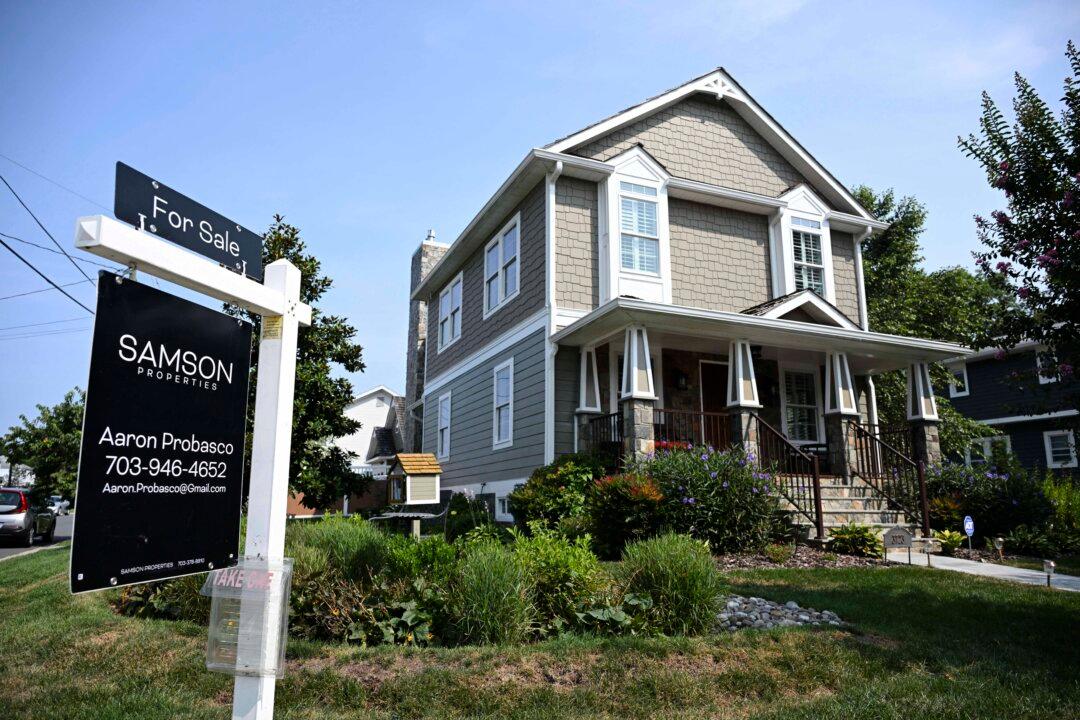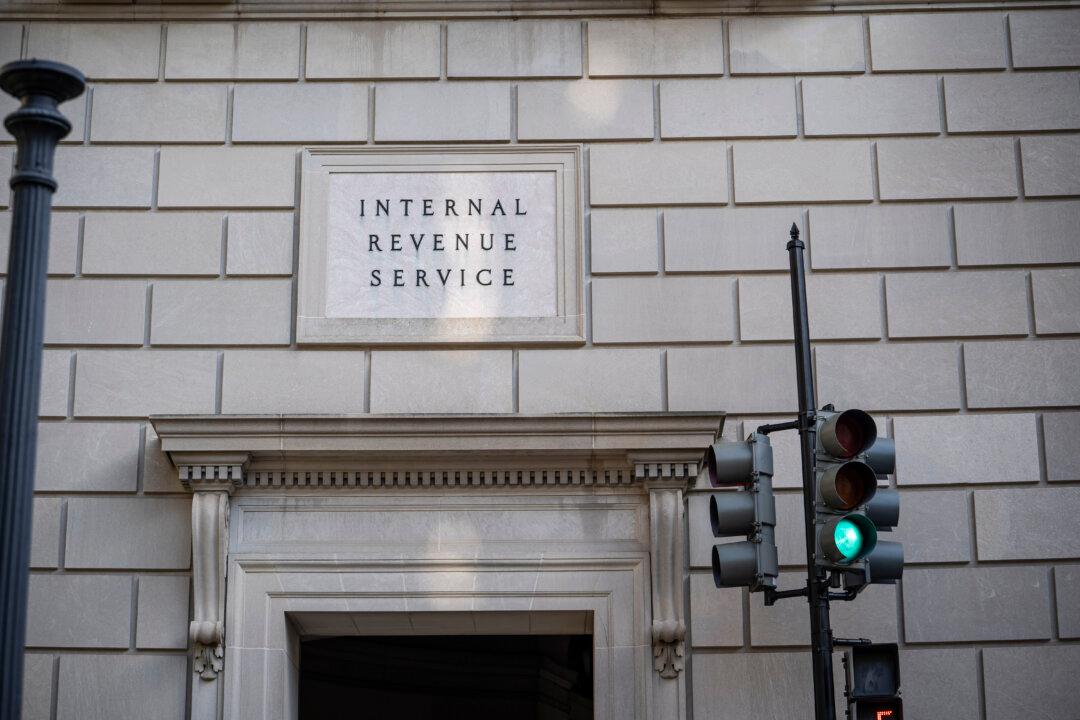Mortgage demand plunged to its lowest level in more than four years last week as rising interest rates on home loans continued to weaken homebuyer activity.
According to the Mortgage Bankers Association’s (MBA’s) latest
survey, released on Oct. 16, applications for mortgages fell by 17 percent for the week ending Oct. 11, with application volume hitting its lowest level since April 2020.
The decline in home loan demand came as mortgage rates marched higher for the third consecutive week, with the 30-year fixed-rate mortgage rising to 6.52 percent last week, the highest since August.
“The recent uptick in rates has put a damper on applications,“ Joel Kan, the MBA’s vice president and deputy chief economist, said in a statement. He added that while demand from prospective first-time buyers held up ”to an extent,” overall refinance and purchase activity declined.
The MBA’s refinance index fell by 26 percent from the previous week, though it remained 111 percent higher than the same period last year. This drop caused the refinance share of total applications to fall below 50 percent for the first time in more than a month, indicating a shift in focus from refinancing existing loans to new purchases.
Purchase applications fell by 7 percent from the previous week, though they were still 7 percent higher year over year.
Home sales data from August showed a similar downward trend. Existing home sales dropped by 2.5 percent that month,
according to the National Association of Realtors (NAR), while U.S. new home sales declined by 4.7 percent, based on Commerce Department
figures.NAR Chief Economist Lawrence Yun predicted that homebuying activity would rebound when rising inventory combines with a decrease in mortgage rates.
“The rise in inventory—and, more technically, the accompanying months’ supply—implies homebuyers are in a much-improved position to find the right home and at more favorable prices,” Yun said in a statement at the end of September.
The increase in mortgage rates closely follows the yield on the 10-year Treasury note, which surged by more thanr 20 basis points in the week following the Oct. 4
release of the Bureau of Labor Statistics’ nonfarm payrolls report. The report showed stronger-than-expected job growth in September and a drop in the unemployment rate, prompting traders to anticipate smaller and fewer Federal Reserve rate cuts than previously expected.
The reversal in mortgage rates comes after a steady decline since May, when investors had anticipated the start of the Fed’s rate-cutting cycle, which began on Sep. 18, when the Fed delivered a large 50 basis point cut.
Some experts say that the recent rise in the 10-year yield aligns with historical patterns seen in previous rate-cutting cycles, where the 10-year yield typically increases after the Fed’s first rate reduction.
“That’s not unusual. It likely persists for a bit,” Padhraic Garvey, ING’s regional head of research for the Americas, explained in a
recent note, pointing out that the 10-year yield historically rose by 20–50 basis points after the first rate cut during many past cycles.
Financial market bets
show that investors expect the Fed to reduce its policy rate, currently in the 4.75–5.00 percent range, to 3.50–3.75 percent by the middle of next year. According to the CME FedWatch tool, the odds of a 25 basis point cut at the Fed’s next policy meeting on Nov. 7 now stand at more than 94 percent.







